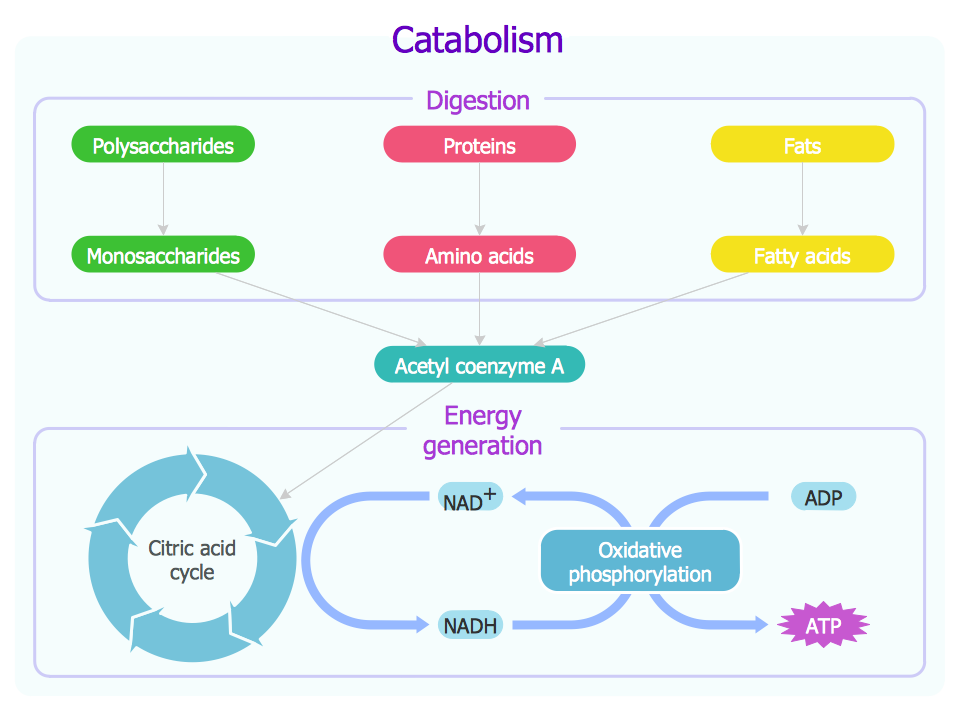
Eventually, translation stops, and the newly formed protein undergoes maturation (e.g. The stop codon in the transcript signifies that the termination phase is reached.The amino acids are joined in a chain by a peptide bond. This is followed by translation elongation wherein a specific order of amino acids is brought to the ribosomal site by the tRNAs according to the sequence of codons in the mRNA transcript.During initiation, the ribosome binds to the mRNA and then the tRNA attaches to the start codon of the transcript.The three general steps of translation are initiation, translation elongation, and translation termination. Translation is the process of translating (converting) the transcript (genetic information) from the mRNA into a specific sequence of amino acids in the growing chain of a polypeptide. These steps are initiation, translation elongation, and translation termination.

The steps of translation are basically the same for both prokaryotes and eukaryotes. In eukaryotes, though, it occurs on the ribosomes that are attached to the surface of the endoplasmic reticulum (ER) so that the newly-formed protein after translation would undergo further maturation inside the ER and then be labeled in the Golgi apparatus for transport within or outside the cell. In both prokaryotes and eukaryotes, it takes place on the ribosomes. But what is translation in biology? In biology, translation is a step in protein biosynthesis where a genetic code from a strand of mRNA is decoded to produce a particular sequence of amino acids.

Translation, in general, is the conversion of something into another form, such as a word from one language to another.

Table 2: Differences between prokaryotes and eukaryotes – translations.Table 1: Differences between transcription and translation.


 0 kommentar(er)
0 kommentar(er)
